Food and Drink: Did You Know?
Many NamesItaly has between 300–350 different pasta shapes and varieties, but the number is hard to pin down as new shapes are created regularly. All these shapes are broadly sorted into four basic categories, however, as each pasta is optimally designed for particular sauces, soups, and preparations. There are long shapes like angel hair and fettuccine, short styles including fusilli and gnocchi, and pasta meant for soups, like orzo. Lastly are the pasta shapes meant to be stuffed, like ravioli and tortellini. ▶ |
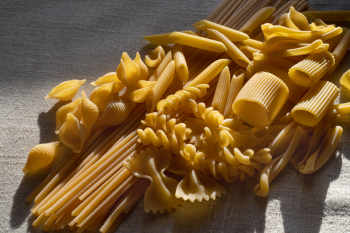 |
Adopted and AdoredTomatoes are not native to Italy, but were introduced to the country in the 16th century by the Spanish, who brought them from Central and South America. First consumed by the wealthy, tomatoes came to dominate Italian cuisine within 300 years.▶ |
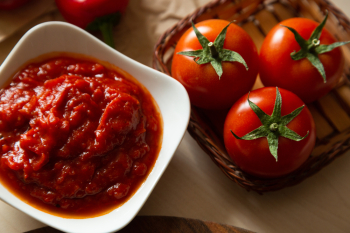 |
Creamy, Dreamy GelatoThe frozen treat gelato, which translates to "frozen" in Italian, was invented in Florence in the 16th century. Gelato differs from ice cream in that it contains more milk than cream, giving it a lower fat percentage. It is also churned at a much slower speed, giving the gelato its characteristic soft and silky texture. ▶ |
 |
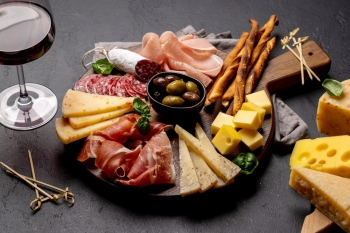 |
First, We Snack◀ Served before a meal's first course, antipasto is a type of appetizer consisting of cured meats, cheese, olives, marinated or pickled vegetables, and bread or crackers. Antipasto is not an everyday thing but is instead served during a formal meal or when eating out in an Italian restaurant. |
Don't-Rush DiningIn a restaurant in Italy, a waiter will not bring a bill until it is requested, in order to give diners time to digest and talk. Sometimes this includes not clearing the table of empty plates. In Italy, it would be considered extremely rude to be rushed through a meal. ▶ |
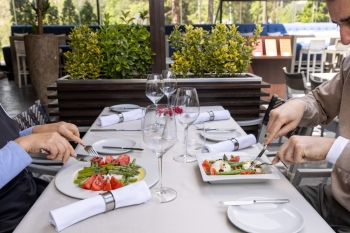 |
Colorful CreationPizza as we know it today was invented in Naples around the end of the 18th or beginning of the 19th century. One of the first was the pizza Margherita, said to be named after Queen Margherita of Savoy who liked toppings in the colors of the Italian flag, with red (tomato sauce), white (mozzarella) and green (basil). ▶ |
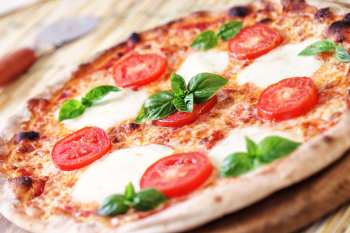 |
Enjoy!Before eating their meals, Italians say, “buon appetito,” which means “good appetite” and is a wish for diners to enjoy their meal. ▶ |
 |
 |
To Clean Up With◀ Bread is not considered an appetizer at Italian meals— it’s for wiping up remaining sauce from plates. Bread is one of the three essentials on an Italian table, along with water and wine. |
Great at GrapesItaly has over 350 authorized grape varieties that are used to make wine across the country's 20 wine regions. While that may seem like a lot, it is believed that there are over 2,000 Italian indigenous grape varieties in the country. ▶ |
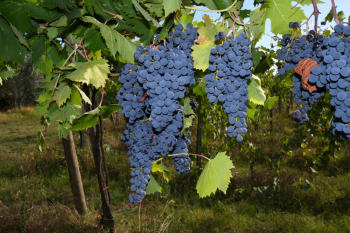 |
A Little to StartBreakfast is not an Italian's main meal of the day. Italians start the day with colazione, which means "breakfast" or "the first meal of the day." This is typically coffee and a light snack. In the home, Italians drink espresso and eat biscotti or fruit. ▶ |
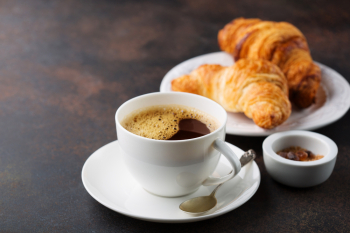 |
Big BreadItalians enjoy pannetone during the holiday season, with the name meaning "big bread." Pannetone is a yeasted egg-yolk bread that includes chopped pieces of candied fruit and slivered nuts. The light, airy bread is thought to have originated in Milan in the 15th century. ▶ |
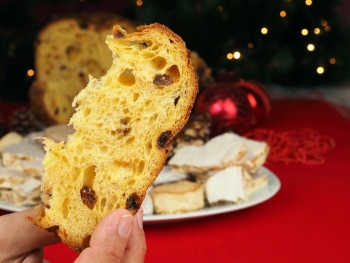 |
 |
Candy Confetti◀ In Italy, confetti is a traditional sweet that is given out at celebrations. The sugar-coated almonds are enjoyed and given as favors at weddings, and also are gifted at births and baptisms. |
Feast of FishChristmas, which celebrates the birth of Jesus Christ, is one of the most important religious holidays in Italy. Christmas Eve brings the Feast of the Seven Fishes, a highlight of the season that features seven dishes all made with fish or seafood. The tradition of eating fish stems from giving up red meat before the holiday. ▶ |
 |
Liquid GoldItaly is the world's second largest producer of olive oil after Spain. Olive trees can be found all over Italy, but the actual olive oil production takes place mainly in the southern regions, like Sardinia, Calabria, Sicily and Puglia. ▶ |
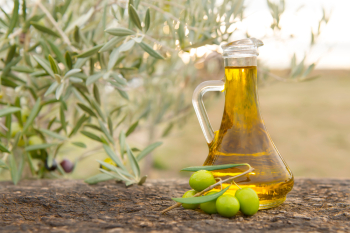 |
Coffee Italian StyleHaving originated in Ethiopia, coffee was introduced to Italy in the 16th century by Venetian merchants. Over time, Italy brought the creation and consumption of coffee to a new level. Who hasn't heard of cappuccino, latte macchiato, espresso, caffè latte (or milky coffee), which are all Italian coffee names now used globally. ▶ |
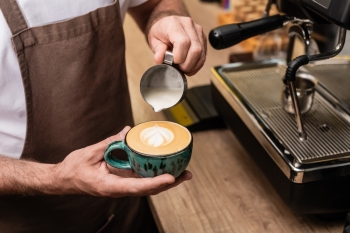 |
Copyright © 1993—2025 World Trade Press. All rights reserved.

 Italy
Italy